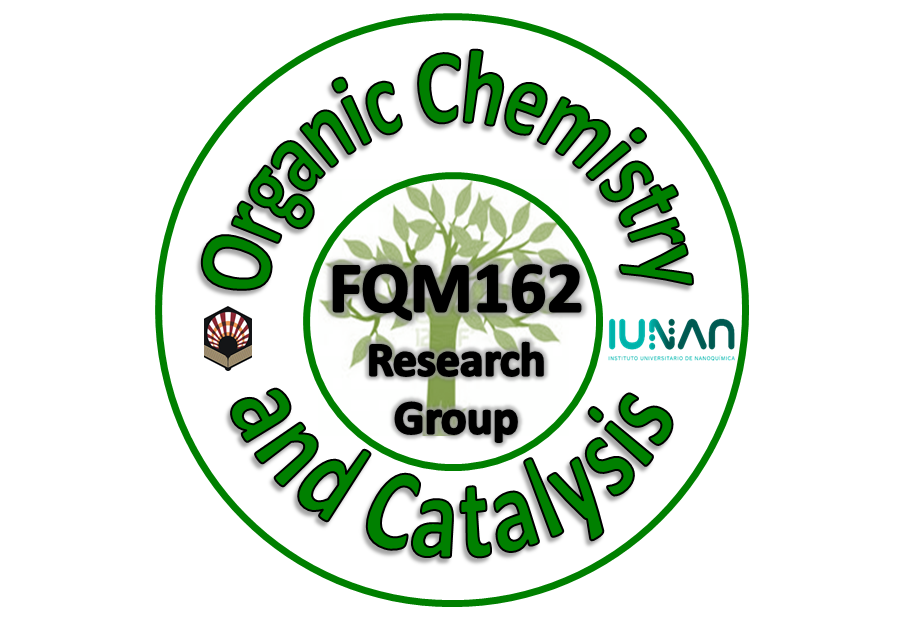Last 19 of may of 2016, Dª. Lucrecia Álvarez Fernández de Mesa, defended her PhD entitled "Study of the Knoevenagel condensation process catalyzed by MgO-based systems", marked with 'SOBRESALIENTE CUM LAUDE'.
SUPERVISORS
Dr. Francisco J. Urbano Navarro
Dr. Alberto Marinas Aramendia
¡Congratulations Lucrecia!
Summary of the doctoral thesis
A study of the Knoevenagel condensation of p-substituted benzaldehydes with malononitrile or ethyl cyanoacetate over potassium, calcium and lanthanum modified MgO was carried out under thermal and microwave activation. The catalysts were fully characterized to determine their textural, structural and surface acid-base properties. The whole set of catalysts were essayed in propan-2-ol test reaction in order to a better understanding of their acid-base properties. As for surface basic properties of the catalysts, modification of MgO with Ca and K led to solids with enhanced basicity while La modification slightly reduced the basicity of bare MgO.
As dealing with Knoevenagel reaction, inductive and mesomeric effects of the substituent in p-substituted benzaldehydes were coherent with a reaction mechanism in which a nucleophilic attack to the carbon atom of the carbonyl group takes place. Malononitrile or ethyl cyanoacetate were used as the active methylene reagent and the reaction was faster in the case of malononitrile as compared to ethyl cyanoacetate, indicating that the nucleophile formation (carbanion) on the catalyst basic sites is an important issue in this reaction.
As for the catalysts, the overall reactivity order in thermal Knoevenagel condensation was:
MgO-K(I) > MgO-K(II) > MgO-Ca(I) ≈ MgO-La(II) ≈ MgO > MgO-La(I)
which completely agrees with catalysts basicity extracted from propan-2-ol test reaction (yield to acetone). The above correlation confirmed that, in Knoevenagel condensation, the carbanion formation on the surface basic sites of the catalysts is a key step in the reaction mechanism. Microwave activated Knoevenagel reaction was much faster than conventional thermally activated reaction.
Results indicate that the nucleophilic character of the Knoevenagel condensation also prevails under microwaves activation.

